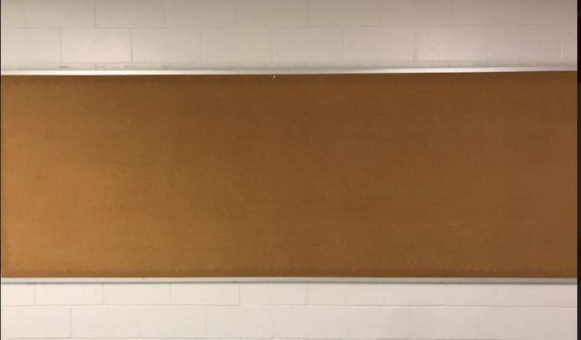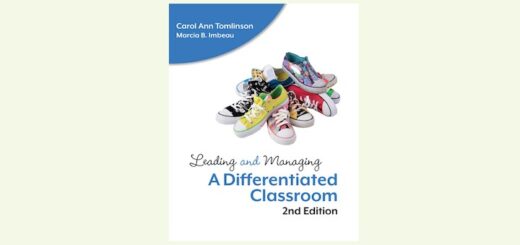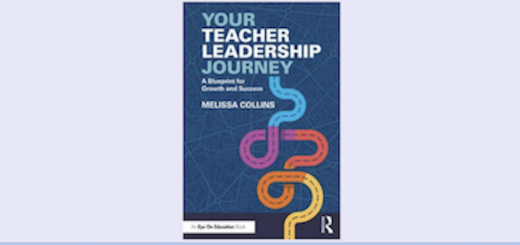Engage and Motivate by Satisfying Student Needs
By Kelly Owens

This second article in my series connects to one of marketing’s 4Ps – promotion. Let’s look at a head, heart, hands approach to promoting students’ engagement and motivation to learn.
Tired of decluttering irrelevant spam from your inbox? Why is a company promoting pool cleaning services to you anyway? You don’t even swim! They should spend less time hyping how to clear murky water and more time filtering their target audience.
Marketers and Motivation
Marketers aim to understand consumers’ internal motivations because motivation drives purchasing decisions. For example, let’s say someone is hungry. They’ll be motivated to consider lunch options. Salad, pizza, sandwich? The goal is achieved through behavior choices that fulfill the need to eat.
The challenge for marketers is figuring out what makes consumers tick. Once they do, they’ll happily greet consumers at their goal line with a product perfectly matched to those needs. Ideally, it’s a win-win!
Teachers and “Needs-Satisfying” Classrooms
Every year, we get to work with a new group of students. What worked with one class may be a dud with another. Teachers are constantly changing and adapting to meet students’ needs. That takes strategy, planning, and research. But what are we searching for each time we do a 180? Likely, we’re trying to make our teaching more relevant.
Psychiatrist William Glasser explained that all human behavior is purposeful. Our behavior is our attempt, at that moment, to use resources and people around us to satisfy a need (Sullo, 2009). Glasser said we’re motivated by five basic needs: safety, belonging, power, freedom, and fun.
So think about your period 2 jokester from a different perspective. That student may actually be fulfilling the need to connect with peers or feel more powerful and in control. If students have these needs and act on them, how can we channel them – engage them – in positive and productive ways?
► Student-Centric Learning
We teach in an age of frequent data-producing experiences. Social and emotional learning (SEL) activities are also increasingly integrated with content teaching to grow students’ self-management skills. When considering ways to promote more motivation and engagement in our classrooms, let’s look through the lens of a HEAD, HEART, HANDS approach.
► Self-Reflecting Engages Students
Introspection encourages students to think about their own thinking – the HEAD part of the model. Plus, it involves students in their own learning. Students who monitor their own behaviors can increase their control over those behaviors. InterventionCentral.org has a Self-Check Behavior Checklist Maker that quickly allows teachers to individualize checklists for students.
Do you have a student who needs to reflect on choices made at the start of class? Voila! There’s a bank of self-monitoring actions. Choose those that apply, then print. Or do you have a group that needs to reflect on behaviors when working with others? There’s one for that too … and many more. This checklist maker is super easy to customize to your students’ needs.
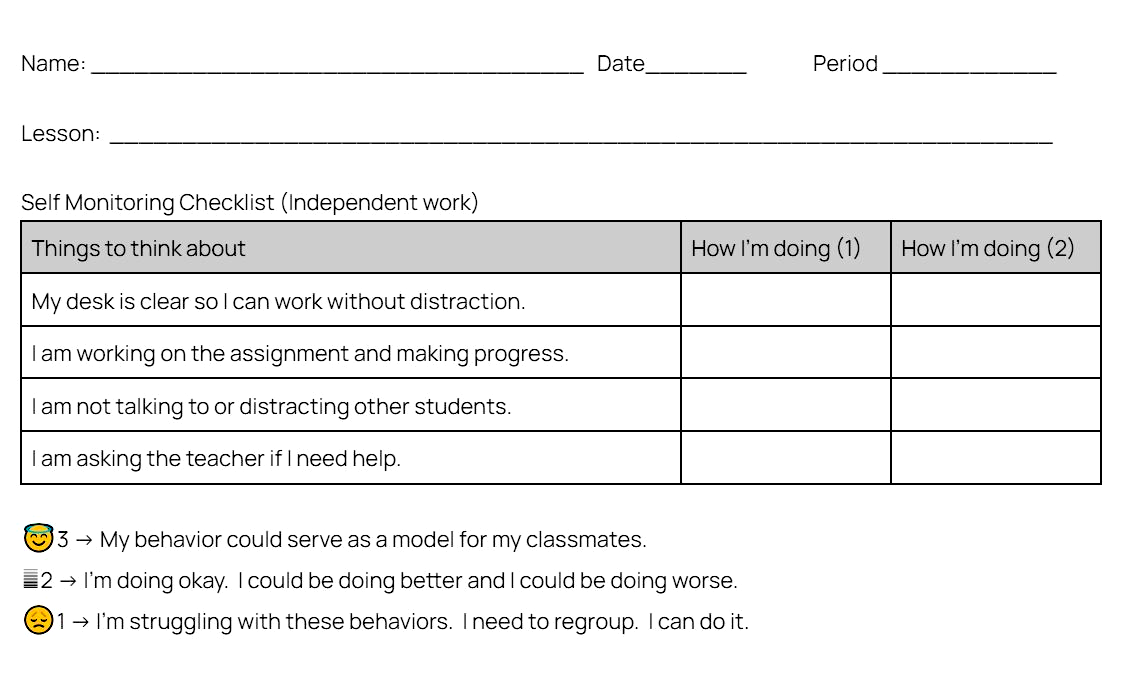
► Connect to Students’ Interests
Students are the HEART of our teaching. We teach students, not curriculum. If we want students to be emotionally invested, it’s important to tailor teaching to students’ passions and interests. Not just during start-of-the-year icebreakers. Throughout the whole year.
An easy way to keep the get-to-know-you’s going is to connect new skills to students’ own lives. It’ll lighten the cognitive load, allowing students to focus on the newly-introduced academic skill before combining it with new content. Later, layer on applications to your unit.
For example, before teaching students how to sketchnote within our literacy unit as a note taking strategy, we all sketchnoted about ourselves. This allowed students to dive deeply into exploring the techniques associated with sketchnoting without having to process a new story’s plot twists too.
Similarly, before a unit highlighting contributions by famous influential individuals, it helped students to understand what it means to be influential.
To apply that understanding, students created a statue honoring someone who is influential in their own lives. Again, the dual purpose helped accomplish the unit’s learning objective, and students fulfilled the need to connect to others in their class and community.
Middle graders’ need to belong is strong. Take any chance you can to personalize learning!
► Declutter the Classroom
Classroom layout and the ability to interact with materials appeals to the HANDS part of the model. It relates to the resources and tools at the students’ disposal.
It may be easier to pare down sensory overload than you may think. For example, look around your room. Do you have to shimmy sideways to get around because you’ve hung onto too many free “treasures” found in the faculty room? Is there dust on boxes that haven’t seen the light of day in years? Maybe it’s time to get rid of those faded pet projects.
In addition to physical clutter, classrooms may have visual overload too. Years ago, I visited a literacy classroom with a clothesline strung the width of the room. Clothespins clipped an endless sea of handmade anchor charts. The teacher’s beautiful penmanship and comical character sketches all blurred together. It was so overpacked with charts, none stood out. Imagine how students may feel.
A bare cork base sans the frills of background paper and jazzy borders may be all your pinned displays need to speak to students.
To declutter, think about Glasser’s Basic Human Needs again. Middle graders crave choice and autonomy in a learning space where they feel like they belong. According to studies from the Academy of Neuroscience for Architecture, each feature of the architectural environment influences certain brain processes, such as those involved in stress, emotion, and memory (Klein, 2016). Intentionally arrange your classroom layout while considering these two questions:
- How do students shape the design of the space?
- How does the design of the space shape the student?
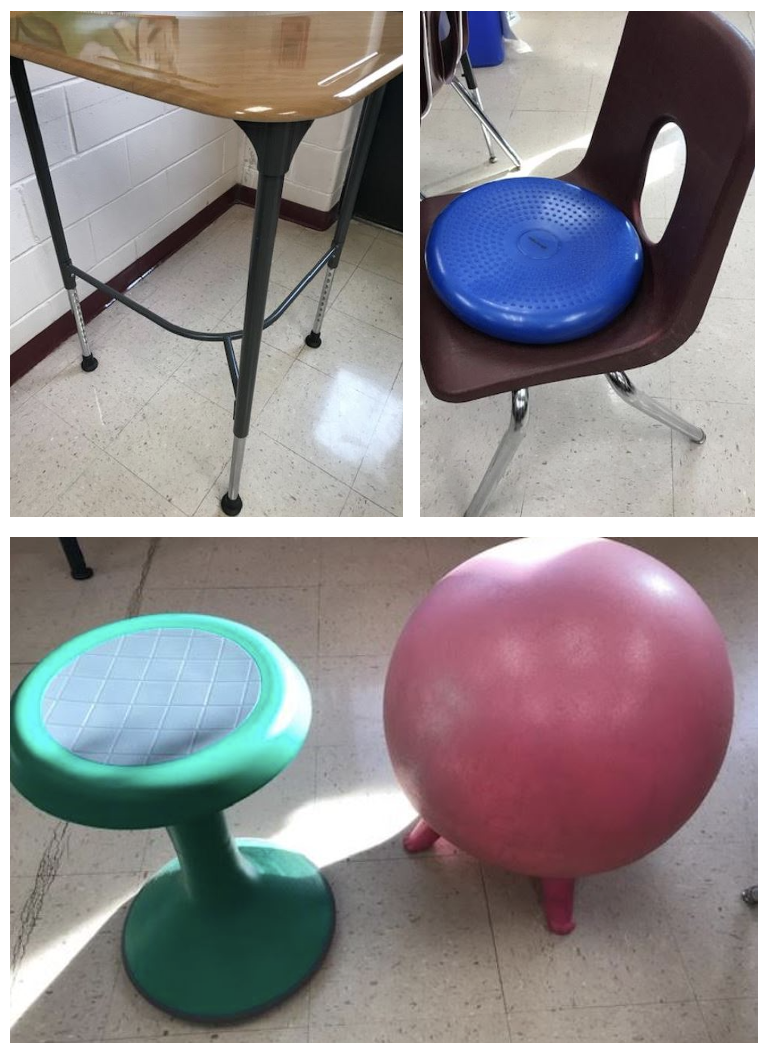
Adults frequently talk at middle graders. With so much riding on classroom design choices, why not talk to students and ask for their input? What a way to build a sense of agency and shared ownership of the classroom community!
It Comes Down to Knowing Your Target Audience
Do your research to understand your students. They’ll enjoy having a hand in crafting their learning experience. And reprioritize your planning focus. Teachers spend disproportionately more time concerned with whether content gets covered. Students mainly care if it has meaning. Relate to students’ present and future goals, and show that the learning process is fun. It goes back to the classic question: Why do I need to know this?
References
Klein, E. (2016, August 2). Decrease Classroom Clutter to Increase Creativity. Edutopia. https://www.edutopia.org/blog/decrease-classroom-clutter-increase-creativity-erin-klein
Sullo, B. (2009). The Motivated Student: Unlocking the Enthusiasm for Learning. ASCD.
Kelly Owens is a literacy interventionist who helps middle graders overcome past literacy struggles by building stamina, confidence, and a greater love of learning. As a teacher with over twenty-nine years of experience, she has proudly represented Hillsborough Township Public Schools as a NJ Governor’s Teacher of the Year.
Kelly also co-created Buddies for the Birds, which was featured on Emmy Award-winning Classroom Close-up NJ. Kelly earned her Ed.M. from Rutgers University and her Reading Interventionist and Wilson Ⓡ Dyslexia Practitioner Certifications through Saint Joseph’s University. Additional writing credits include published work with The King School Series (Townsend Press), The Mailbox magazine, and MiddleWeb.



